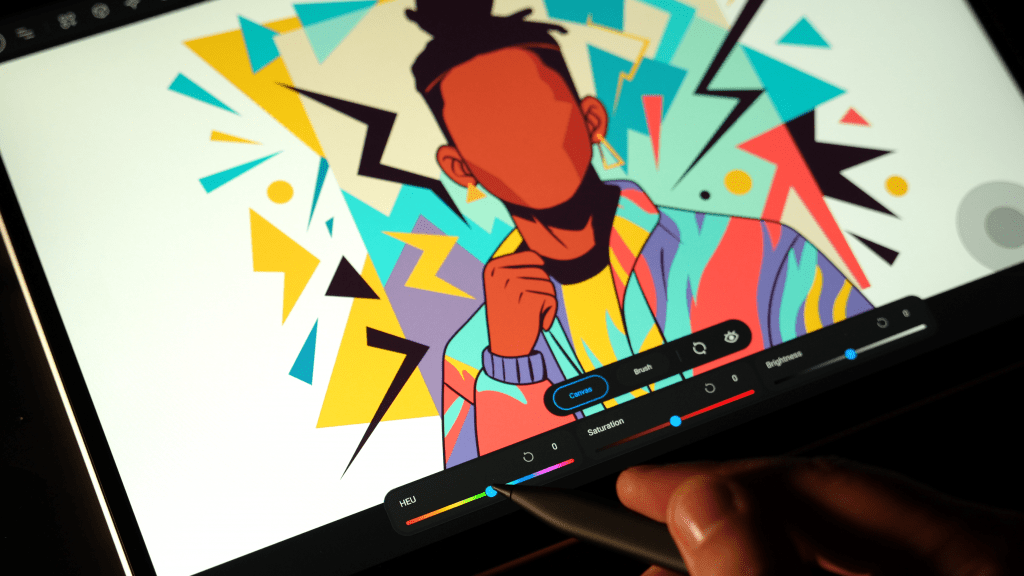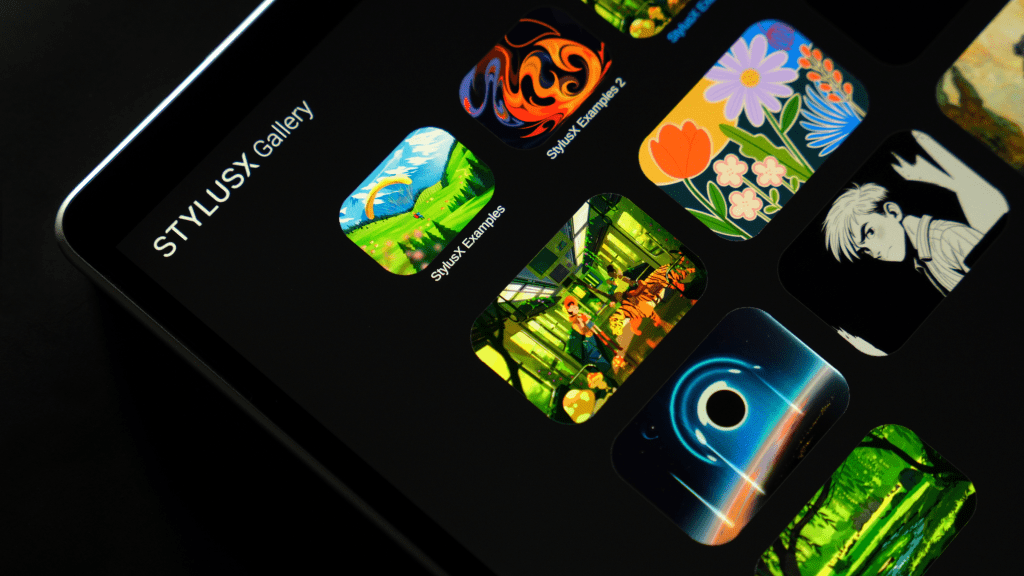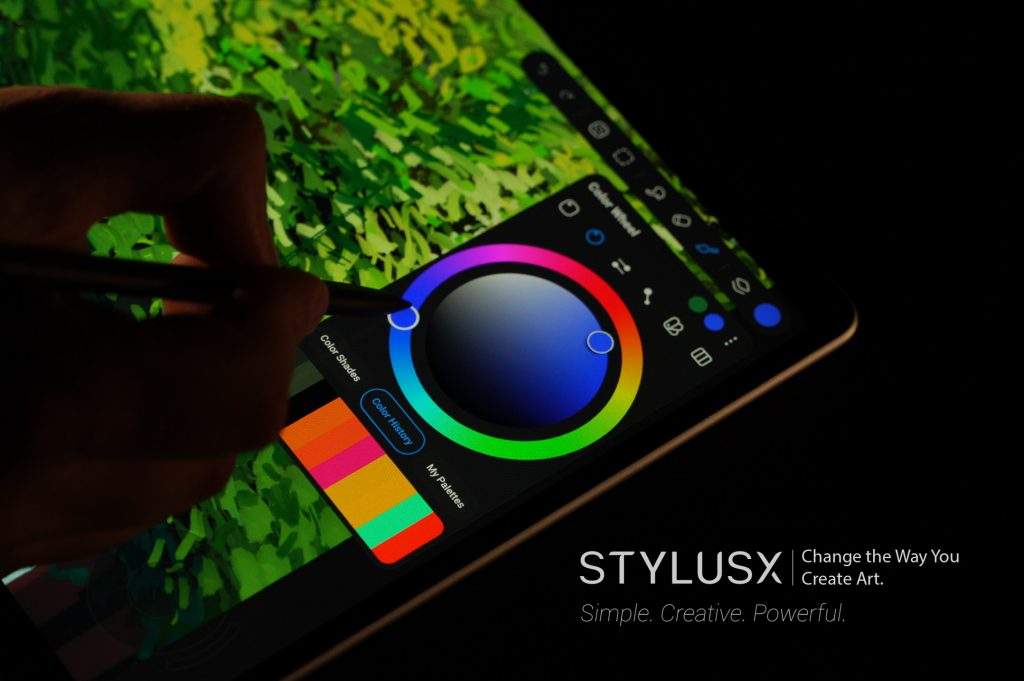The Evolution of Drawing Software Interfaces
Articles 2. October 2025 The Evolution of Drawing Software Interfaces: From Complexity to Simplicity in the Digital Age Digital drawing software has always been a double-edged sword. On one hand, it offers powerful tools and limitless creative possibilities. On the other, it often overwhelms users with cluttered interfaces full of menus and icons that can distract more than they inspire. With the rapid pace of digital innovation in recent years, new approaches to interface design have emerged—focusing on simplicity, fluidity, and putting the artist back at the center of the creative process. For many creators, especially those using digital drawing software for Windows or searching for a drawing app for PC, the way an interface is designed can determine whether the experience feels natural or frustrating. The Problem with Complex Interfaces Distraction: Many traditional programs are overloaded with tiny icons and endless menus, forcing artists to spend more time searching for tools than using them. Steep learning curve: Beginners often struggle to adapt to digital art because of complex interfaces, which can discourage them from continuing. Slowing creativity: When an artist has to switch between dozens of windows and settings, the creative flow is interrupted and inspiration fades. How Digital Innovation Changed the Game In the past decade, the philosophy behind creative software interfaces has shifted dramatically: User-Centered Design:Programs are now built around the way artists work, not the other way around. Minimal UI:Clean, distraction-free layouts that reveal tools only when needed, leaving the canvas as the main focus. Customization:Interfaces that can be rearranged and personalized highlighting frequently used tools, hiding unnecessary ones, and adapting to each artist’s workflow. Integration with Modern Devices:Touchscreens, stylus pens, and gesture controls reduce dependency on menus, creating a more natural interaction with the canvas. From Complexity to Simplicity: A True Revolution This shift in interface design isn’t just cosmetic it represents a new philosophy in digital creativity. Technology is no longer just about power; it has become a seamless bridge between imagination and expression. More and more artists are moving towards modern drawing apps with simple interfaces, especially those optimized for stylus drawing on Windows devices like Surface, Wacom, or Huion. Conclusion For decades, complex interfaces were a barrier to many entering the world of digital art. But the digital revolution has turned the tide, paving the way for simpler, faster, and more intuitive experiences. The future of creative tools isn’t about adding more menus and buttons it’s about fluid experiences that restore artistic freedom and make technology a true partner in the creative journey. Previous Post




